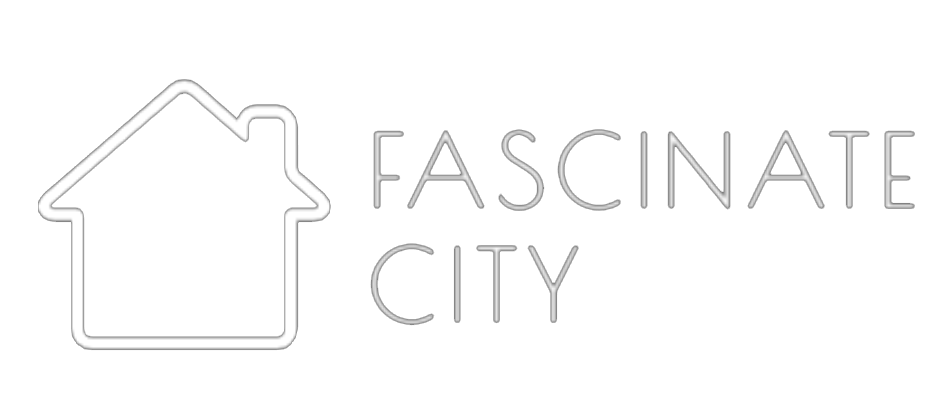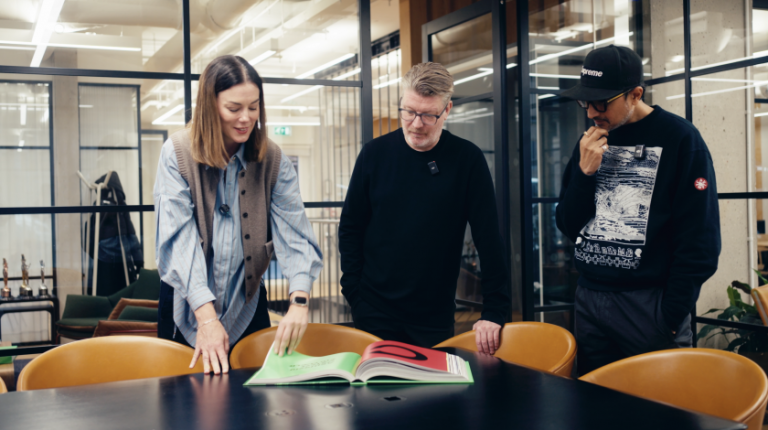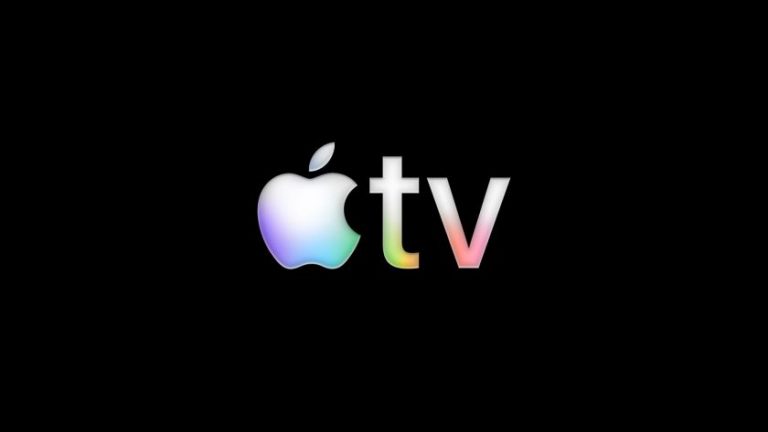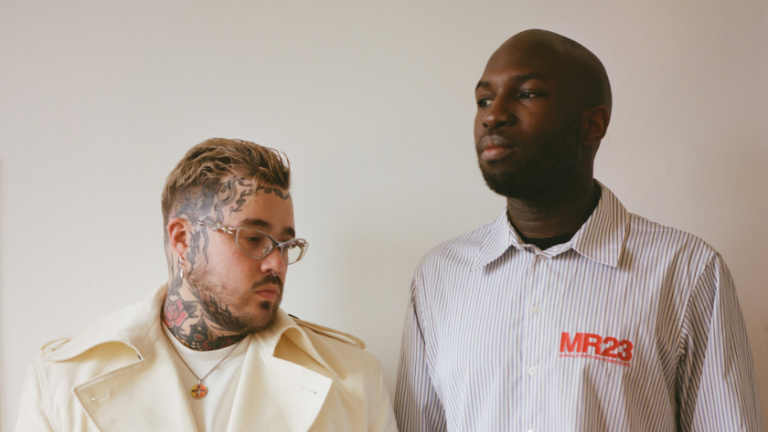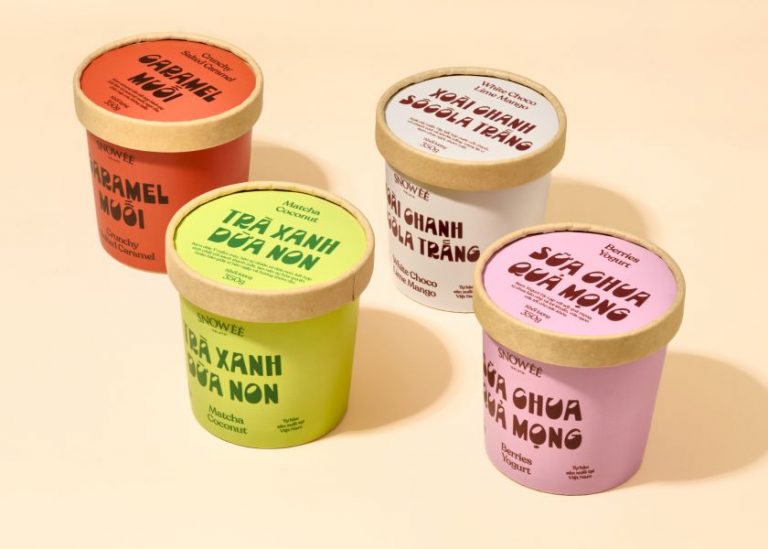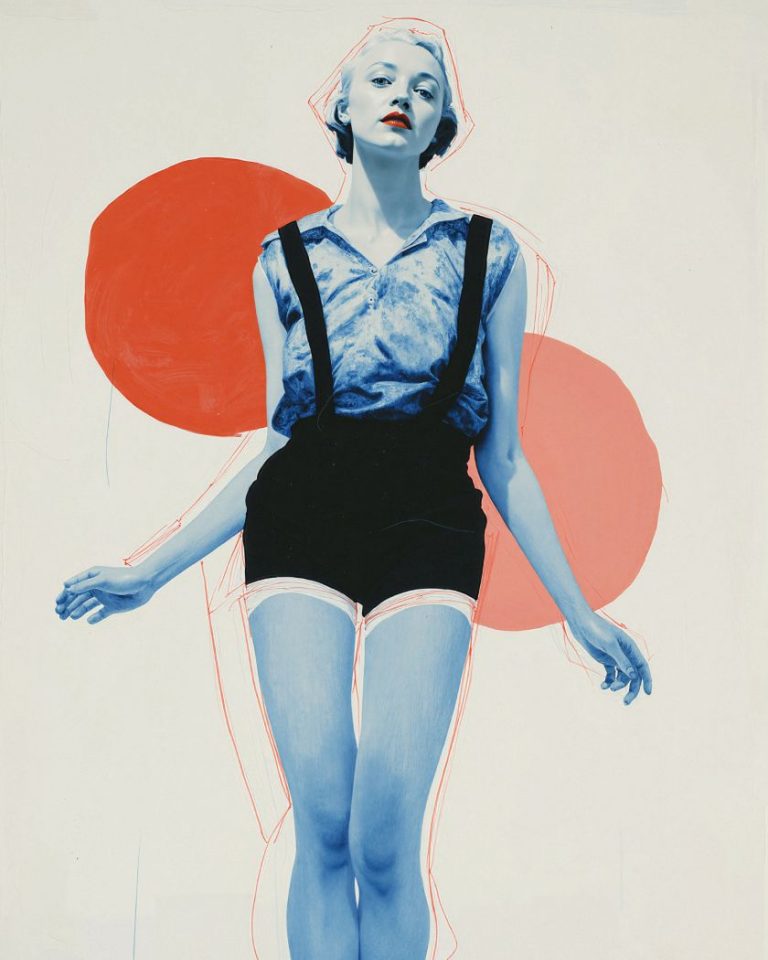London-based studio Wildish & Co. has developed a nuanced and distinctive identity for Linq, a new privacy-first app that enables users to control who sees their intimate images and when.
A brand identity rarely has to carry the weight of a taboo, a safety issue, and a product feature all at once, but that’s exactly the challenge Wildish & Co. took on with Linq. The new app lets users grant and revoke access to their intimate images, putting them back in control of content that’s too often weaponised.
Described by its creators as “a practice-safe-sext tool”, Linq is designed to combat a growing epidemic of image-based abuse, including revenge porn and sextortion. The app launched on the Apple App Store earlier this month and is already making headlines for both its functionality and its unapologetic positioning.
Before any of that could happen, though, it needed a brand system that would land with users, cut through a crowded tech space, and reflect the very real stakes of its mission.
Wildish & Co. collaborated with Linq over four months, leading a collaborative brand development process that included in-person workshops and three phases of user testing. The result is a warm, confident, human-centred identity that puts security and dignity front and centre, without losing its sense of intimacy.
“This was always a complex and challenging brief,” says Rupert Bradshaw, CMO at Linq. “Image-based abuse is a serious problem that affects millions of people in the UK alone. But even though 1 in 2 young adults have sent an intimate image, the topic remains a massive taboo. Linq is tackling that issue head-on, and the identity Wildish has created for us has brought that spirit to life perfectly.”
One of the project’s key tensions was bridging the world of privacy tech with the personal, emotional act of sharing intimate content. “We needed to communicate that Linq is fundamentally a privacy-first technology while acknowledging its position adjacent to dating platforms,” says Sam Fresco, managing director at Wildish & Co.
“The result is a visual language that conveys technological sophistication without feeling cold, and approachability without trivialising its serious mission.”
Balance is evident even from the logotype alone, which is a simple, connected wordmark that visually reinforces the idea of ‘linking’ people while creating a sense of trust. It’s supported by a custom typographic system that pairs Landour Bold Display for headlines with DM Sans Medium for body copy. The combination delivers clarity with a subtle edge of playfulness, giving the brand confidence without overstatement.
Perhaps most striking is the colour palette. Rejecting the clinical blues and greys common to security apps, Wildish developed a set of warm, tactile tones that resonate with human skin, touch, and emotion: nude, blush, scarlet, berry pink, and charcoal. These are extended with vibrant secondary colours, such as lemon and tangerine, used across gradients and framing devices to create depth and visual softness.
“The gradient and colour system was designed to bridge technology with emotional resonance,” explains Sam. “We deliberately avoided clinical tones in favour of a palette that feels warm and tactile, while still conveying the serious tones of the platform.”
Subtle framing devices also reinforce the brand’s core functionality. Abstract shapes based on phones and screen outlines create borders around content, echoing the app’s ability to create digital boundaries around private images. These visual metaphors appear in everything from app screens to campaign graphics, adding consistency and intent without cluttering the design.
Critically, the entire identity system was shaped by user input. Linq and Wildish worked closely to test concepts at three key moments: exploration, concept refinement, and final delivery. “From the outset, we were clear that the job to be done was not to create a brand that we liked, but one that would resonate with our key audiences,” says Rupert.
That approach paid off. The final brand scored an 86% approval rating among self-identified nude senders, offering clear validation that the visuals matched user expectations and needs.
“It creates a brand that users actually feel good about engaging with,” adds Sam. “Not something that’s shrouded in shame or buried in system settings.”
The branding now appears across all of Linq’s touchpoints, including the app itself, the website, social media, launch merch, and campaigns. The system is built to scale as Linq expands its features, including future updates that promise to prevent screenshots, block screen photography, and stop images from being shared with others in real-time. The technology works across any messaging or dating app, turning Linq into a secure library that’s as flexible as it is protective.
For Wildish & Co., the project demonstrates the power of branding in the service of both product and principle. It’s not about making security look trendy, but about reframing privacy as a shared right, not a reactive add-on.
“This wasn’t just a design project,” says Sam. “It was a chance to help change the narrative around intimacy and consent online.”
With the app now live and gaining momentum, Linq is already being positioned as a new kind of digital safeguard. Not a deterrent, but an enabler that empowers users to own their content and set their own terms.
